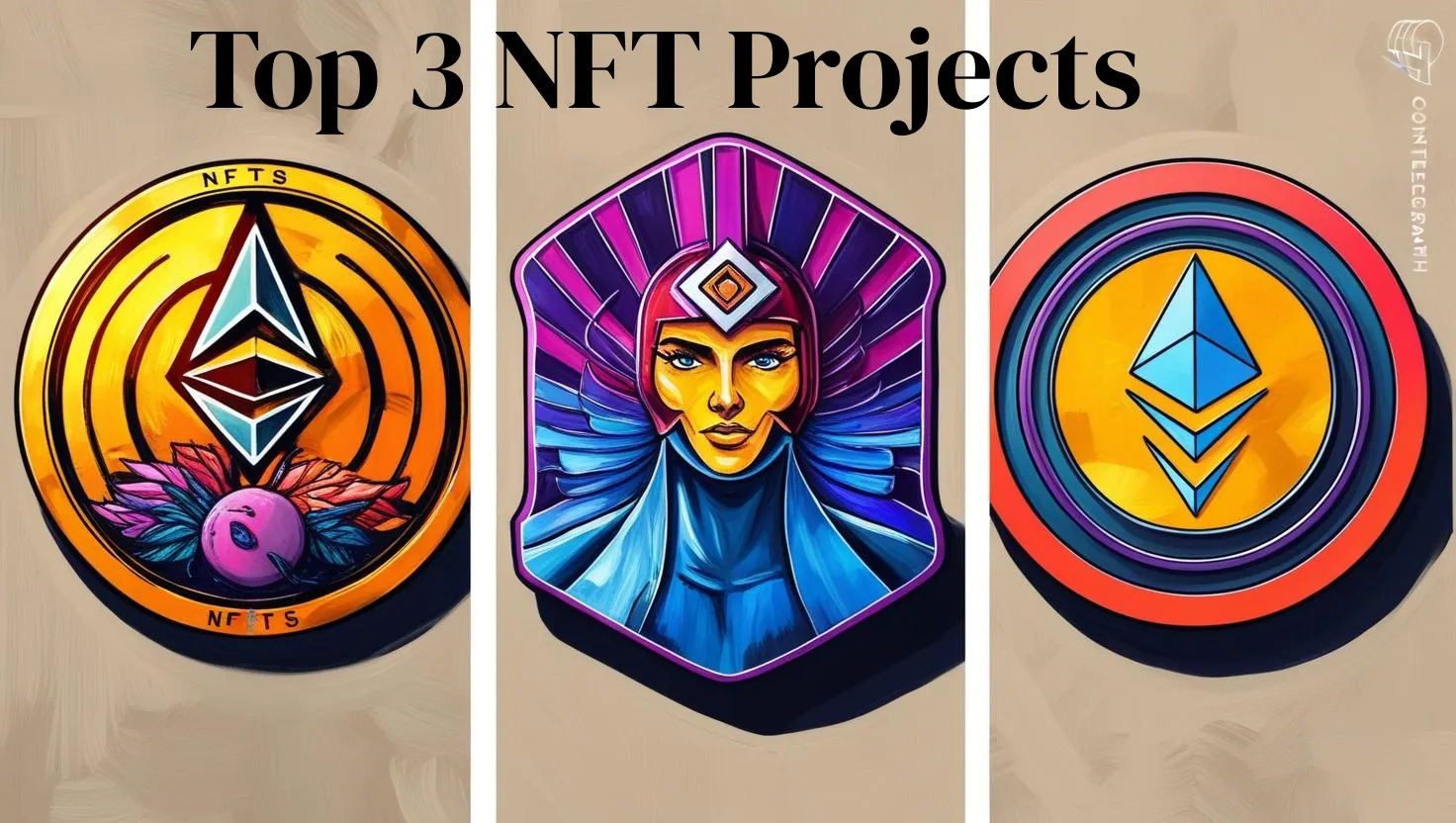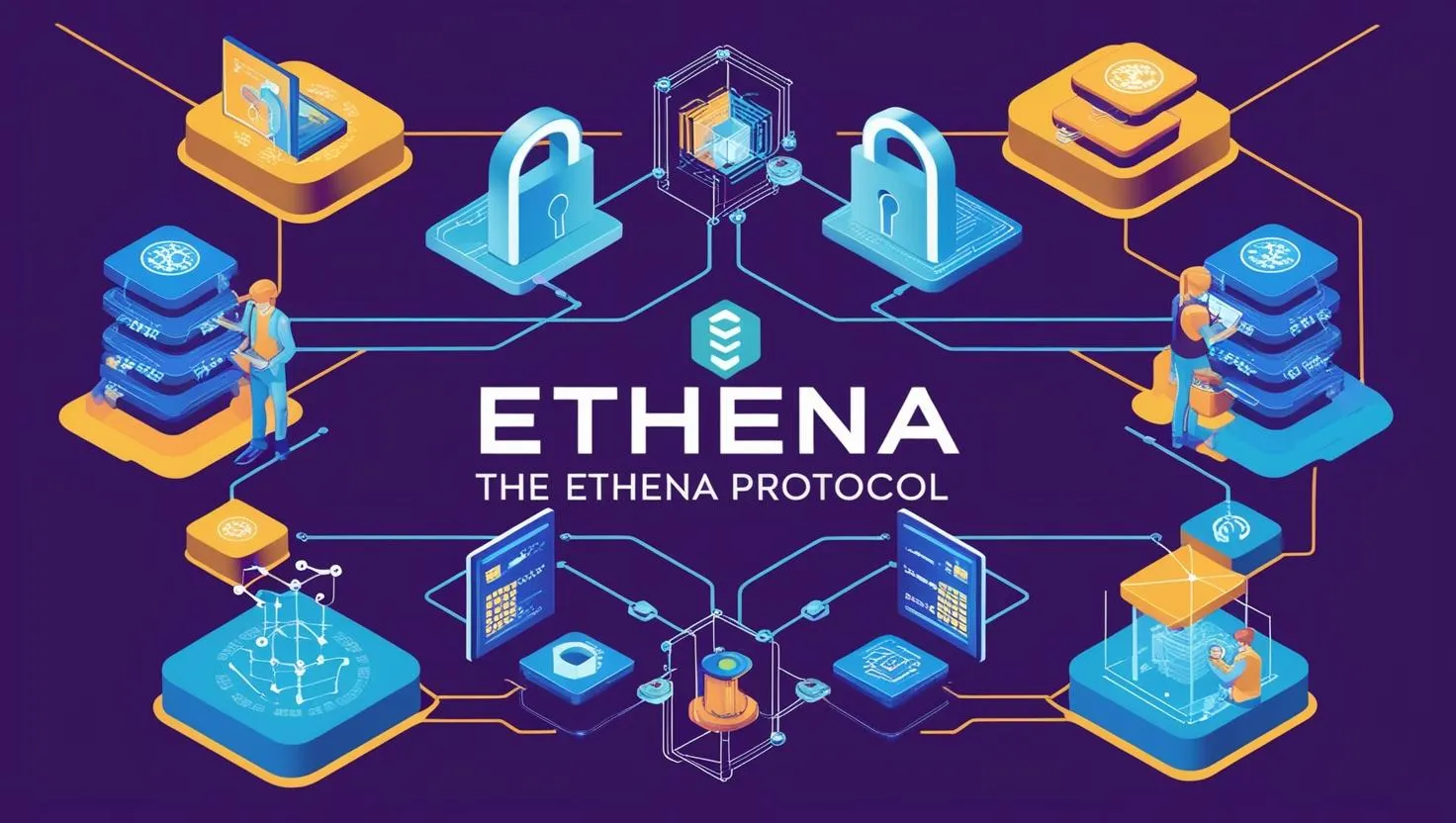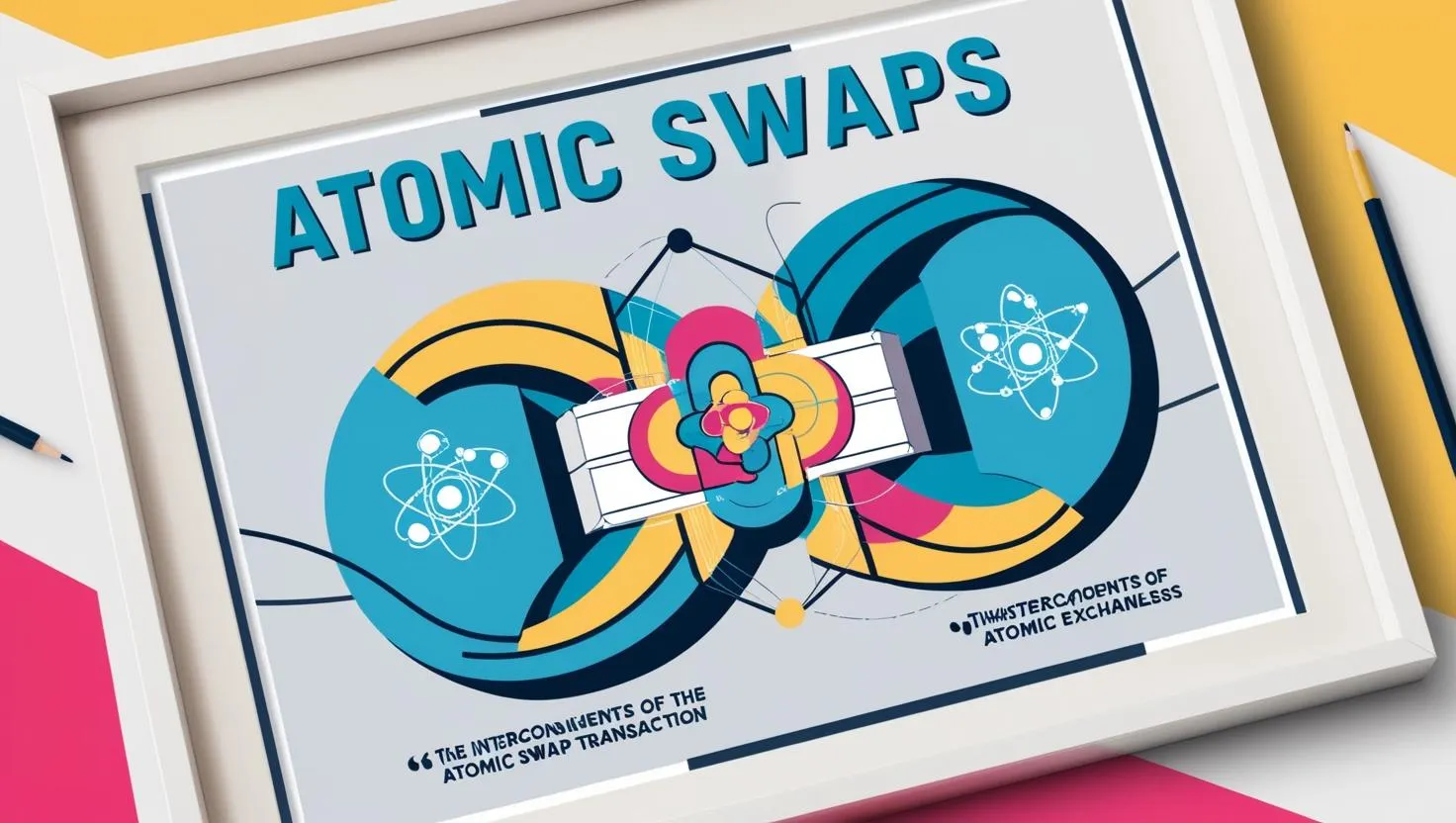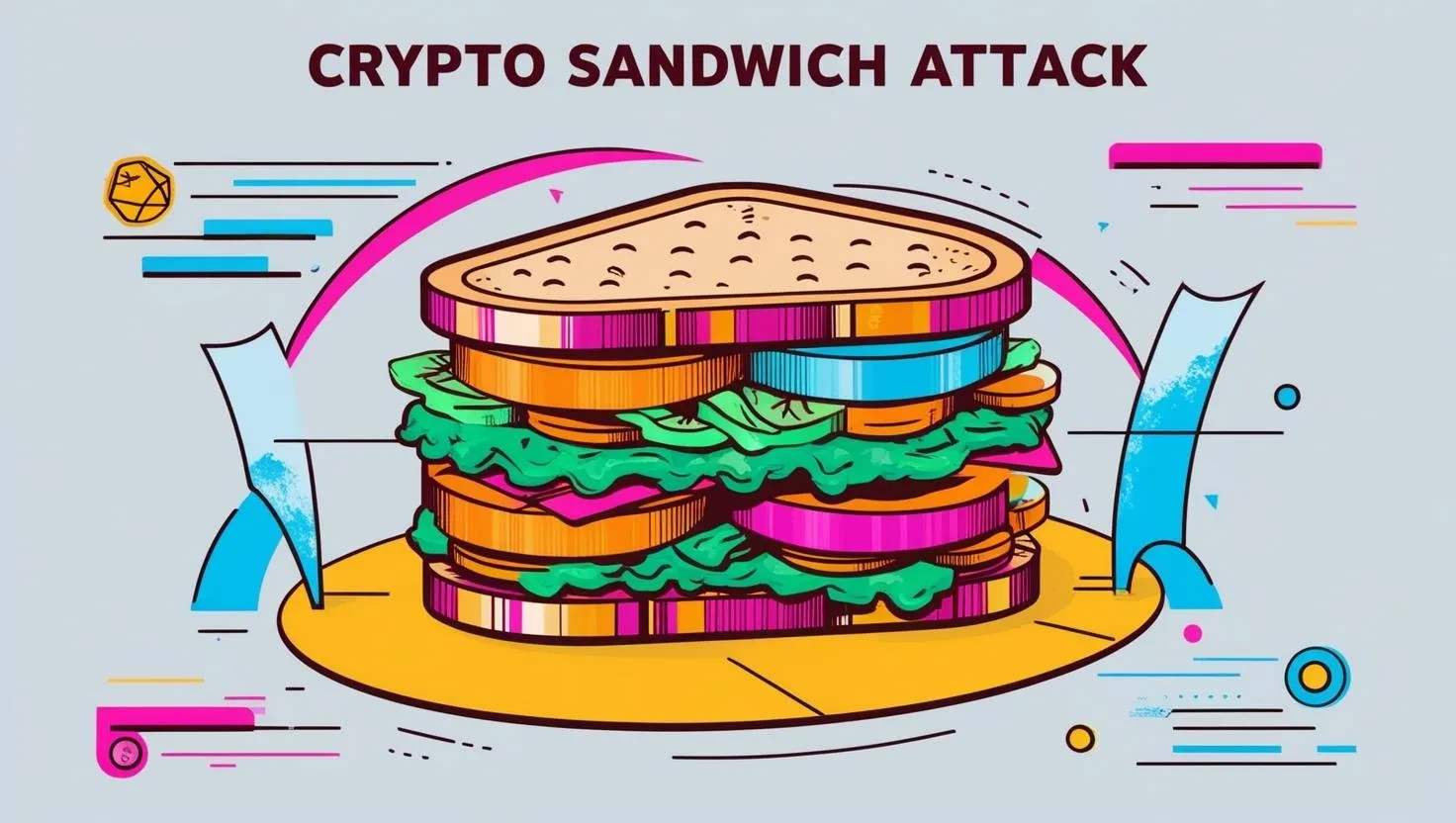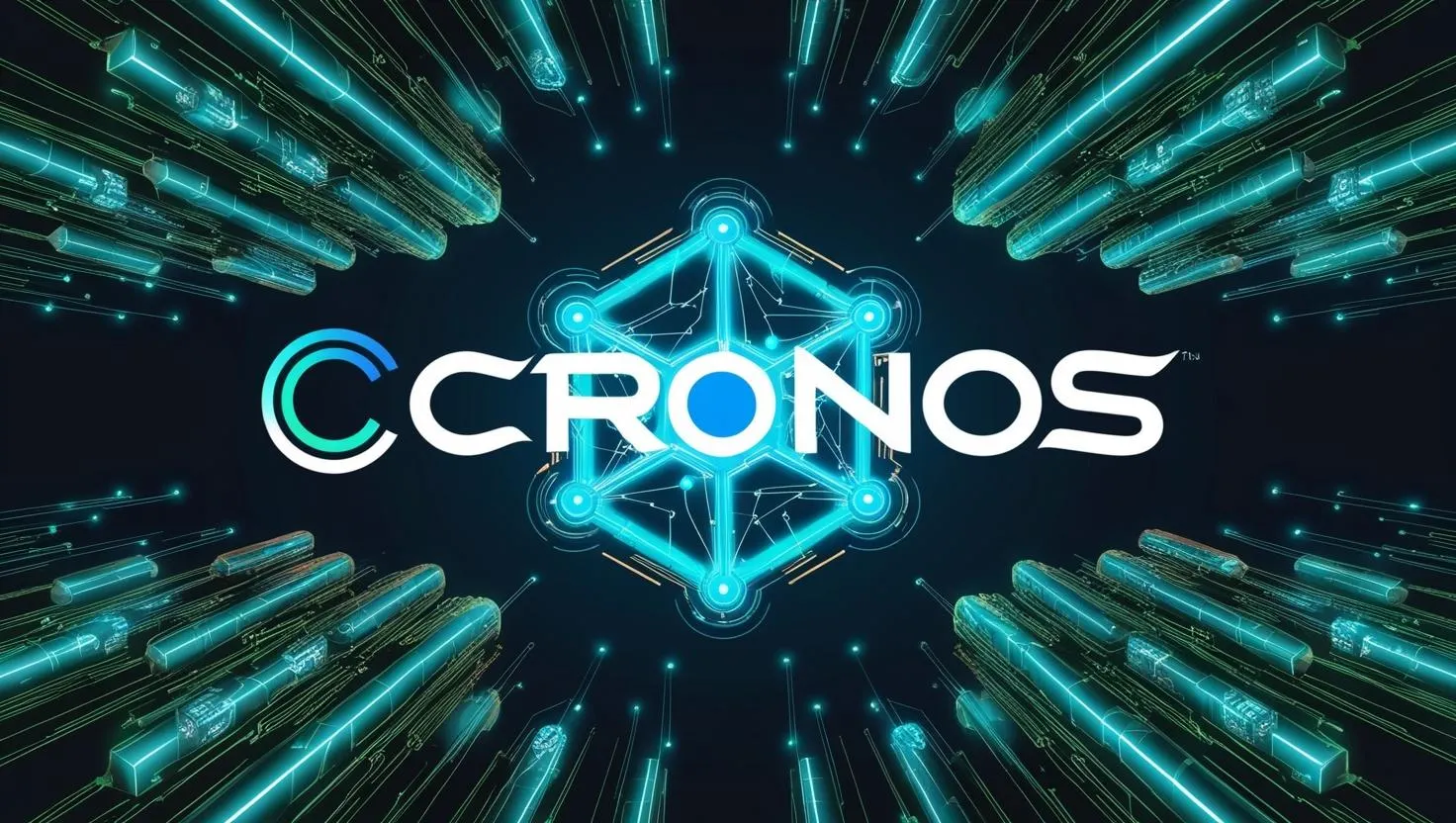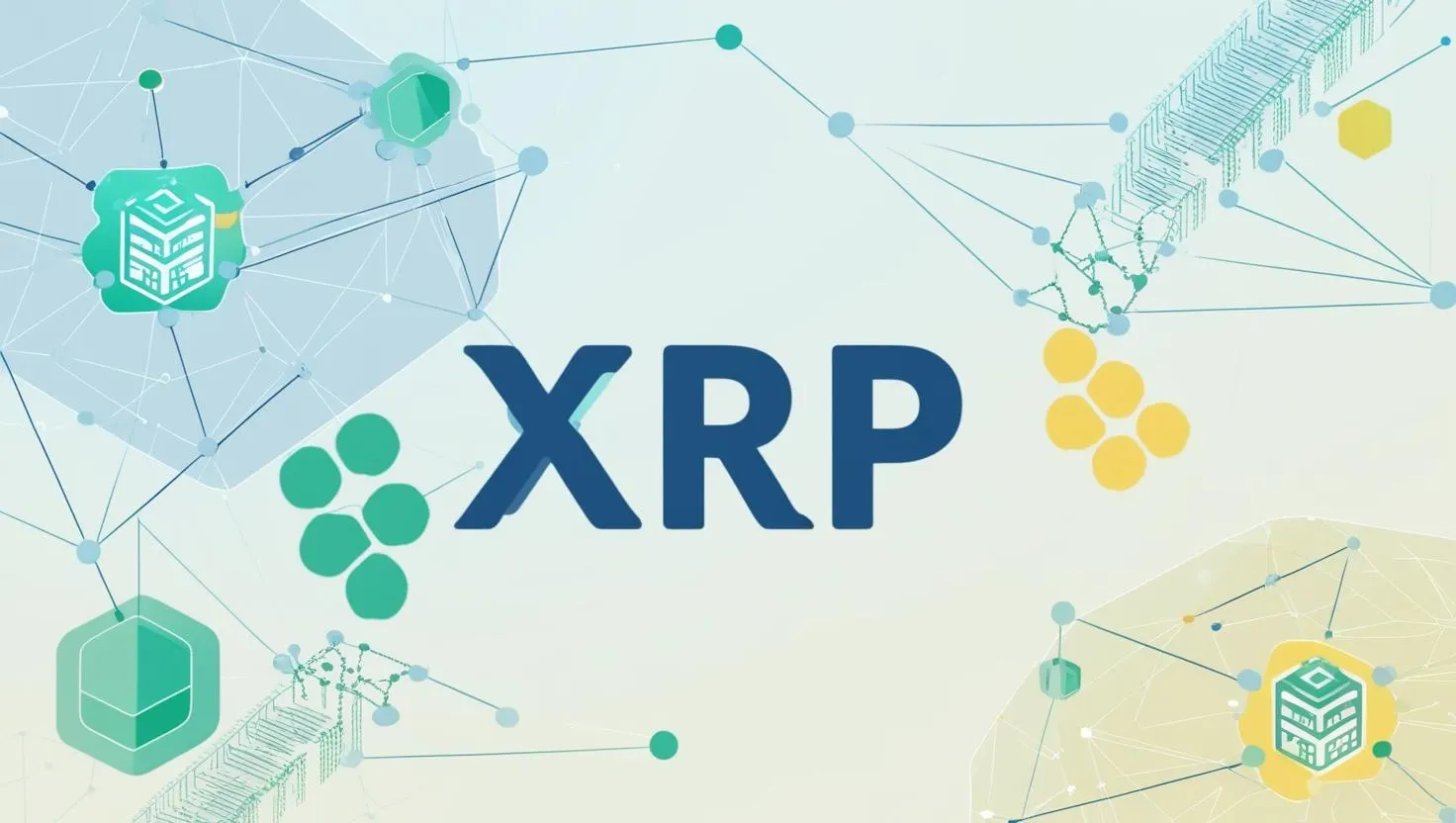Unlocking the Power of Atomic Transactions: The Future of Trustless Crypto Exchange
Atomic transactions in the context of cryptocurrency and blockchain technology refer to a mechanism that ensures operations (like transfers of assets or execution of smart contracts) either fully complete or do not happen at all. The term "atomic" comes from the concept of atomicity in database systems, where a transaction is indivisible—meaning it’s an all-or-nothing process. In crypto, atomic transactions are critical for enabling secure, trustless exchanges between parties without requiring intermediaries. Let’s break this down in detail.
What Are Atomic Transactions?
An atomic transaction ensures that a set of operations (e.g., transferring cryptocurrency from one person to another) is executed as a single, indivisible unit. If any part of the transaction fails, the entire transaction is rolled back or aborted, leaving the system in its original state. This eliminates partial completions, which could otherwise lead to inconsistencies, such as one party sending funds but not receiving anything in return.
In the crypto world, atomic transactions are often associated with atomic swaps, a specific use case where two parties exchange different cryptocurrencies (e.g., Bitcoin for Ethereum) directly, peer-to-peer, without a centralized exchange. However, the concept of atomicity applies more broadly to blockchain operations and smart contracts too.
Key Properties of Atomic Transactions
Atomic transactions adhere to the ACID principles (borrowed from traditional databases):
- Atomicity: The transaction is indivisible—either all operations succeed or none do.
- Consistency: The transaction brings the system from one valid state to another (e.g., balances are correctly updated).
- Isolation: Partial changes are not visible to other parties until the transaction is complete.
- Durability: Once a transaction is committed, it’s permanently recorded (on the blockchain, this is ensured by consensus mechanisms).
In crypto, blockchains like Bitcoin or Ethereum don’t natively enforce all ACID properties in every transaction (e.g., isolation is less strict due to public visibility), but atomicity is a cornerstone of many protocols.
How Atomic Transactions Work in Crypto
Atomic transactions in cryptocurrencies often rely on cryptographic techniques and smart contracts. The most common implementation is through hash time-locked contracts (HTLC), especially in atomic swaps. Here’s how it typically works:
Example: Atomic Swap Between Alice (Bitcoin) and Bob (Ethereum)
Setup:
- Alice wants to trade 1 BTC for 10 ETH with Bob.
- Neither trusts the other, and they don’t want to exchange.
Hash Lock:
- Alice generates a random secret (a cryptographic value) and hashes it to create a hash value (H).
- She creates a transaction on the Bitcoin blockchain that locks her 1 BTC into a contract. This contract says: "The BTC can be claimed by Bob if he provides the secret (S) whose hash matches H within 24 hours. Otherwise, it returns to Alice."
Time Lock:
- The "time-locked" part ensures that if Bob doesn’t claim the BTC within the deadline (e.g., 24 hours), the funds revert to Alice. This prevents indefinite locking.
Bob’s Response:
- Bob sees Alice’s transaction and verifies it on the Bitcoin blockchain.
- He creates a similar HTLC on the Ethereum blockchain, locking 10 ETH with the same hash (H) Alice used, but with a shorter time lock (e.g., 12 hours). This ensures Bob can’t be cheated if Alice delays.
Execution:
- Alice, knowing the secret (S), claims the 10 ETH from Bob’s contract by revealing S on the Ethereum blockchain.
- Bob sees S when Alice claims her ETH, then uses it to claim the 1 BTC from Alice’s contract on Bitcoin.
Outcome:
- If all goes well, Alice gets 10 ETH, Bob gets 1 BTC, and the swap is complete.
- If either party fails to act within the time limits, the funds unlock and return to their original owners—no harm, no foul.
Why It’s Atomic
- The swap only succeeds if both parties fulfill their obligations (revealing the secret and claiming funds).
- If anything fails (e.g., Bob doesn’t lock his ETH, or Alice doesn’t reveal the secret), no one loses funds—the transaction aborts entirely.
Technical Components
Cryptographic Hash Functions:
- A hash function (e.g., SHA-256) ensures the secret can’t be guessed, but anyone can verify it matches the hash when revealed.
- Example: H = SHA-256(S).
Time Locks:
- Implemented via blockchain opcodes like Bitcoin’s CHECKLOCKTIMEVERIFY (CLTV) or Ethereum’s smart contract logic.
- Ensures funds aren’t locked forever if one party backs out.
Smart Contracts or Scripts
- On Bitcoin, this uses script (a simple programming language for transactions).
- On Ethereum, it’s typically a full smart contract written in Solidity.
Benefits of Atomic Transactions
- Trustless: No need to trust the counterparty or a third party.
- Decentralized: Avoids centralized exchanges, reducing fees and risks like hacks.
- Secure: Cryptographic guarantees ensure fairness.
- Cross-Chain Compatibility: Enables interoperability between blockchains (e.g., Bitcoin and Ethereum).
Challenges and Limitations
- Complexity: Setting up HTLC or similar mechanisms requires technical know-how.
- Speed: Time locks introduce delays (e.g., waiting 12–24 hours if something goes wrong).
- Chain Compatibility: Both blockchains must support hash locks and time locks, which not all do natively.
- Privacy: Revealing the secret on-chain can expose transaction details.
- Liquidity: Atomic swaps depend on finding a counterparty willing to trade directly, unlike centralized exchanges with order books.
Real-World Examples
- Lightning Network: Bitcoin’s Layer 2 solution uses HTLC for fast, atomic off-chain transactions.
- Decentralized Exchanges (DEXs): Protocols like Uniswap or cross-chain bridges (e.g., Thorchain) use atomicity principles, though often with more complex mechanisms.
- Historical Milestone: One of the first atomic swaps was executed in 2017 between Litecoin and Bitcoin, proving cross-chain swaps were possible.
Broader Context in Crypto
Beyond swaps, atomic transactions underpin many blockchain operations:
- In Ethereum, a smart contract execution (e.g., transferring tokens) is atomic—either the entire contract runs successfully, or it reverts.
- In rollups (Layer 2 solutions), batches of transactions are processed atomically to ensure consistency when submitted to the main chain.
Conclusion
Atomic transactions are a foundational concept in cryptocurrency, enabling secure, trustless interactions in a decentralized environment. They rely heavily on cryptography and blockchain features like HTLC to enforce the "all-or-nothing" principle. While atomic swaps are the poster child, the idea extends to smart contracts and beyond, making it a key building block for the future of decentralized finance and interoperability.





